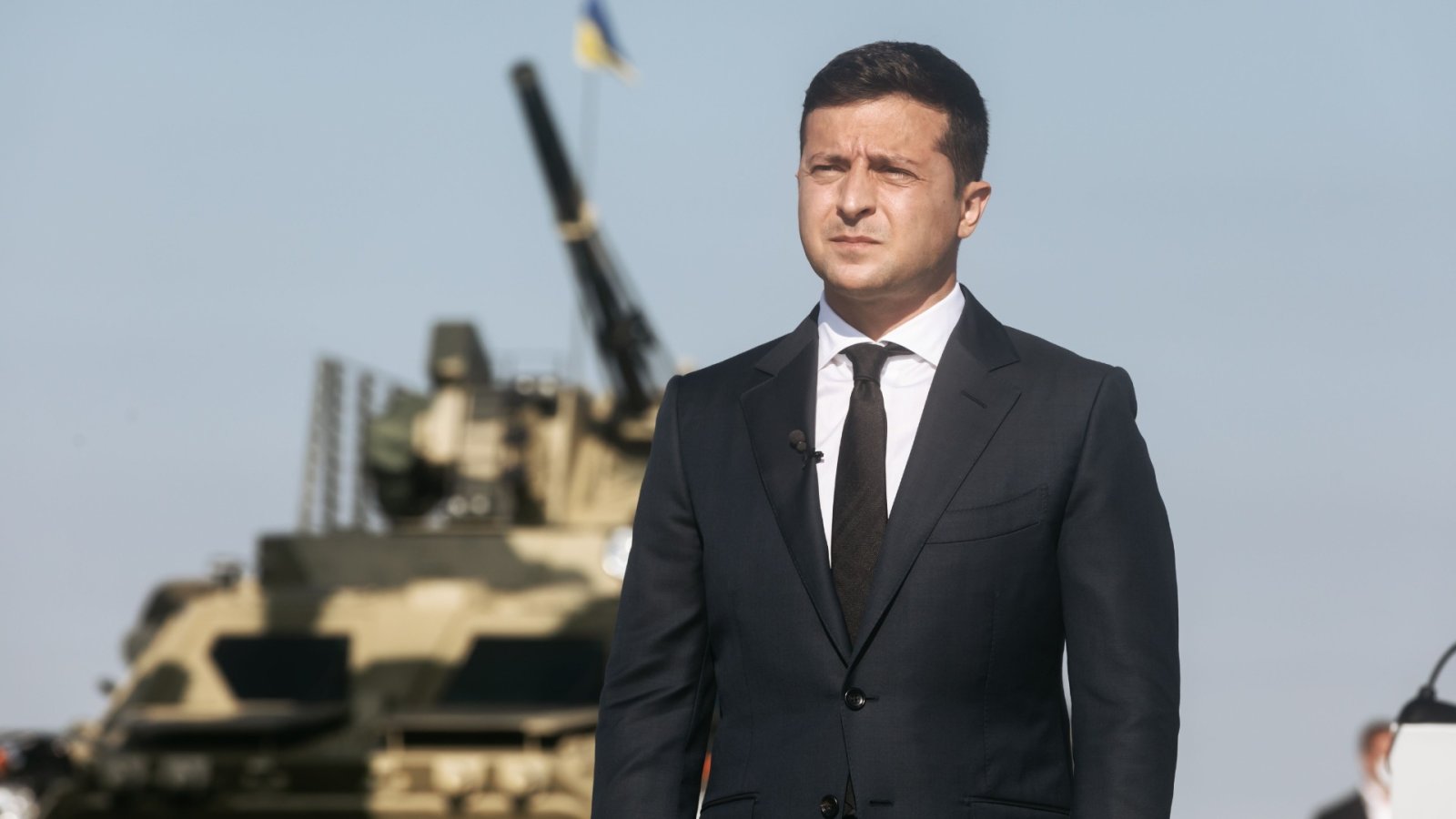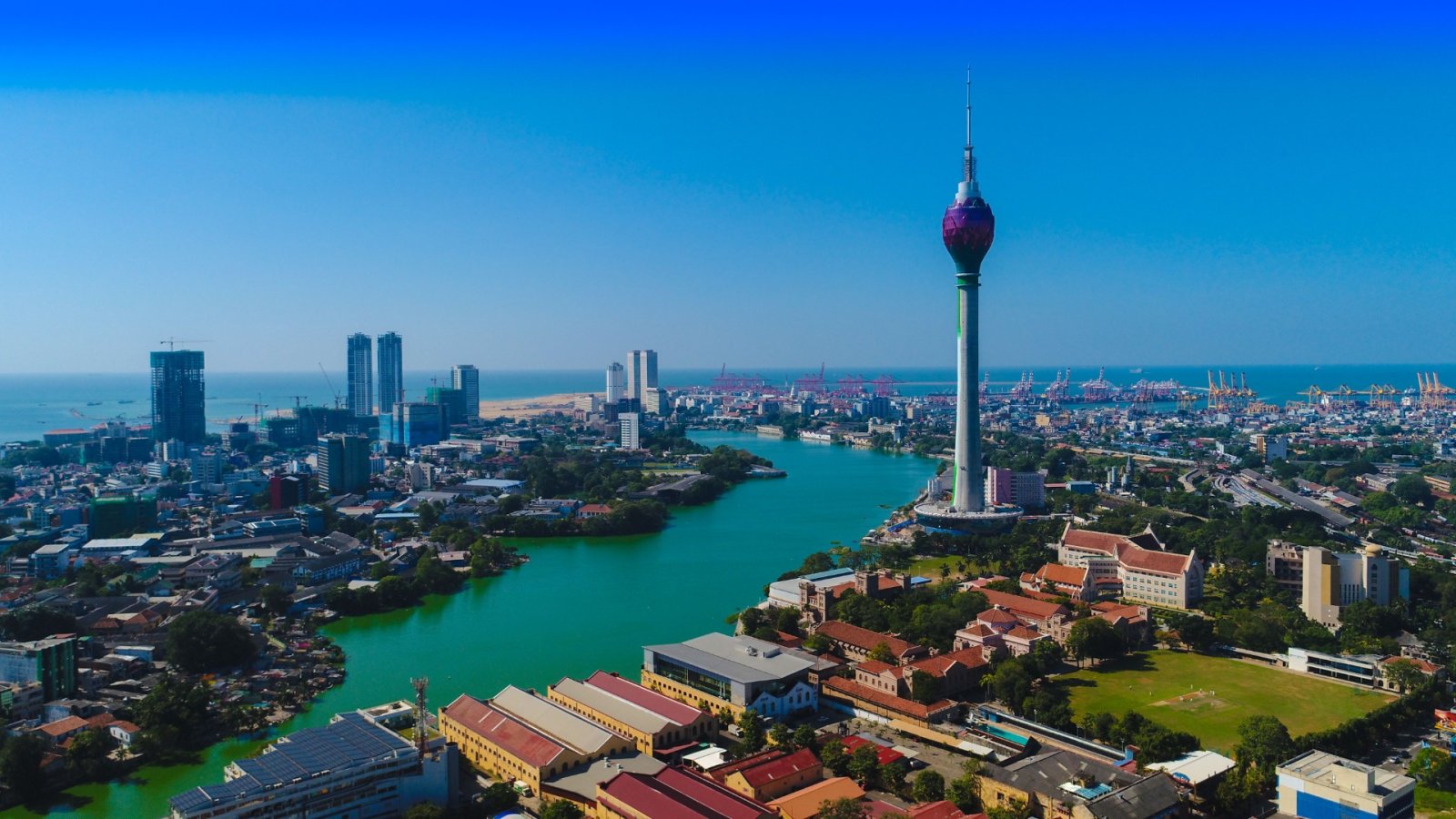Iceland stands out as a warm and welcoming country, especially for children. In Reykjavik, the capital city, families can enjoy the company of pram-pushing moms and blond-haired kids everywhere they look. The highlight for both children and adults is the city's 18 geothermal pools, most of which are open-air and offer temperatures ranging from 82 to 109°F. These pools are equipped with slides and fountains, providing endless fun. Beyond the entertainment factor, a visit to these pools also presents an opportunity to teach children about renewable resources. Iceland, situated on the Mid-Atlantic Ridge, a region of mountains and rift valleys, experiences frequent volcanic eruptions that widen the ocean floor. This geological activity fuels over 200 volcanoes and 600 hot springs, providing heat for 85 percent of Icelandic homes. Additionally, the country harnesses energy from its rivers and streams, making nature the primary source of its electricity.
Another exciting thermal experience for kids is a trip to the Blue Lagoon, located about 40 miles from Reykjavik. This geothermal spa features a large pool where children can indulge in the fun of smearing white mud on their bodies for both health benefits and a delightful mess. The lagoon offers shallow areas where kids can comfortably stand with their heads above water.
While the scenic beauty is awe-inspiring, it's important to be prepared for long stretches in the car. The locals take pleasure in sharing countless stories of visible and invisible people, mean and ugly giants, dwarfs, gnomes, and fairies residing in rocks. These tales have been a source of entertainment during the long winters, and visitors are encouraged to join in the storytelling tradition and let their imaginations run wild in this enchanting land.
As you embark on your journey, encourage your children to envision a route filled with captivating creatures and mythical beings. Ice trolls, bird and bull-shaped guardian spirits, mermen, mermaids, ghosts, and elves populate Icelandic folklore. These tales are deeply ingrained in the culture, and Icelanders hold them in high regard. Construction projects in the country have been altered to avoid disturbing the rocks where these creatures are believed to reside.
Starting from Reykjavik, the Ring Road can be traversed in either direction, but going counterclockwise (beginning along the south coast) offers a quicker introduction to Iceland's unique attributes. On the way, make a detour to the Geysir thermal field, where steam emanates from the ground, and witness the powerful Gullfoss waterfall as it cascades over 100 feet into a narrow crevice. These awe-inspiring sights are a result of the tectonic forces responsible for Iceland's thermal energy. The country's landscape is marked by basaltic columns, rugged terrain, and the occasional volcanic activity, exemplified by the eruption of Eyjafjallajökull in 2010, which darkened the skies of Europe.
Continuing on Highway 1, you'll reach Dyrhólaey, a black-sand beach framed by volcanic cliffs. Here, you'll find an intriguing attraction—an old military amphibious vehicle now used for tours. This volatile combination has transformed the coastline into a black-sand desert due to the accumulation of volcanic ash. The constant volcanic activity necessitates preparedness for potential volcanic disasters, requiring evacuation from homes, schools, or work within an hour or less.
Continuing along the south coast, the drive culminates in the captivating Jökulsárós, a lagoon adorned with numerous icebergs that have broken off from the Vatna Glacier. A boat ride allows you to approach these icebergs, an experience that has been featured in movies like Batman Begins.
As one rounds a corner towards the west coast of Iceland, the landscape transforms, transitioning from a cold and rocky terrain to one that is vibrant and verdant. Just west of Highway 1 lies the expansive and fertile Haukadalur Valley, which holds historical significance as where Erik the Red, banished from Norway, settled with his family.
At Haukadalur, children have the opportunity to catch a glimpse of what Viking life might have been like. Alma and other actors, dressed as medieval peasants, gather around a smoldering hearth inside a sod house, engaging in conversation using Old Norse as if the modern world had never existed. According to National Geographic fellow Jonathan Tourtellot, who has visited Iceland multiple times, the country offers unique connections to the past that are hard to find elsewhere. Iceland can captivate children, offering them the opportunity to embark on a thrilling adventure in a literate, safe, and culturally sophisticated country. Moreover, they can spend their days hiking and end up relaxing in a rejuvenating thermal pool.






